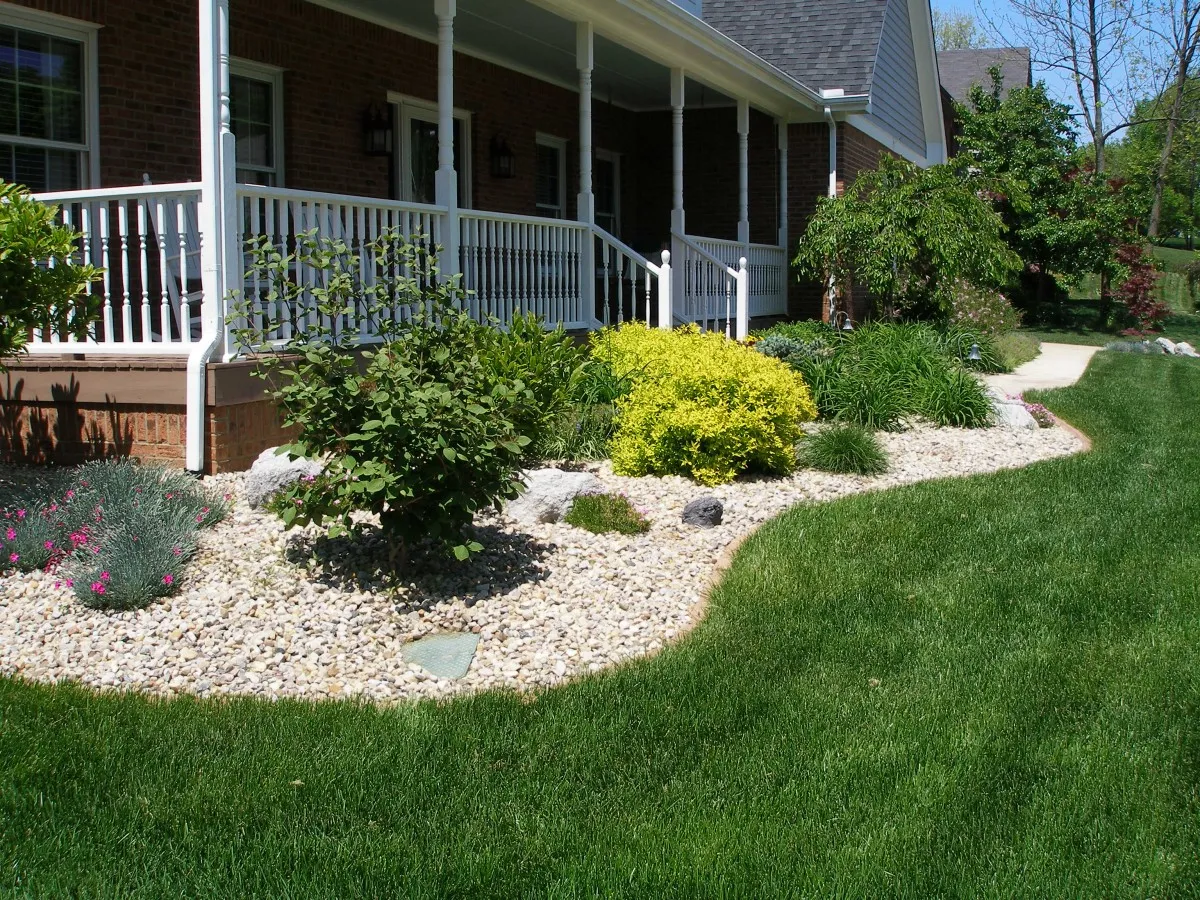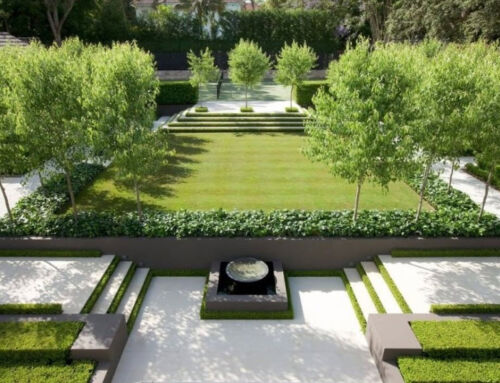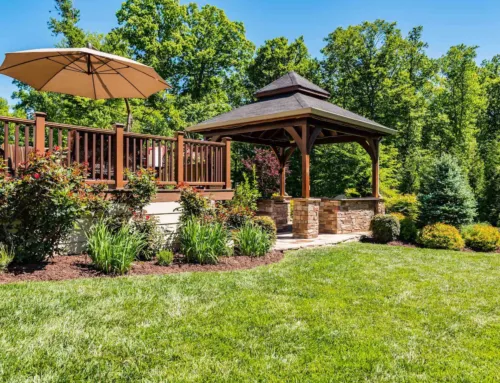
Top 10 things to know about your commercial landscape
Horticulture is as much art as it is science. Commercial landscaping is a natural extension of horticulture that incorporates the planning, design, installation and long-term maintenance of a landscape into a finished product that reflects a business’s personality and values, and makes both economic and aesthetic sense. If you’re wondering how to achieve those results as a property manager or owner, here are ten key things you should know about your commercial landscape:
From making a visual statement and creating a cutting edge differentiator from neighboring properties, to increasing your property value and moving toward an eco-friendly environment, professional commercial landscaping will help your business make a statement.
If you’re wondering how to achieve those results as a property manager or owner, here are ten key things you should know about your commercial landscape:


